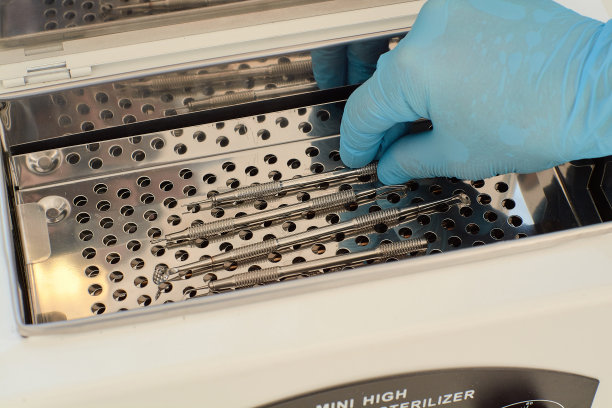The Essential Guide to Extracting a Tooth Why It Matters and What to Expect During the Process
Summary: Extracting a tooth can be a daunting experience, but understanding the nuances of this procedure is crucial for better managing anxiety and ensuring a smooth process. This guide explores the importance of tooth extraction, when it becomes necessary, what to expect during the procedure, and how to care for your mouth in the days following extraction. By arming yourself with knowledge about every aspect of this dental procedure, you can approach it with confidence, knowing what preparations to make and what the recovery process entails. Ultimately, this guide serves as a comprehensive resource for patients seeking clarity on tooth extraction, allowing them to be better informed and well-prepared for the experience ahead.
1. Understanding the Need for Tooth Extraction

Tooth extraction is not a decision taken lightly; it often comes after careful consideration and evaluation by a dental professional. The most common reasons for extraction include advanced tooth decay, severe infection, or overcrowding. In cases where a tooth cannot be saved through treatments like root canals or fillings, extraction is deemed necessary to preserve the overall health of the mouth.
Tooth extraction might also be needed in preparation for orthodontic treatments. When there is insufficient space in the mouth to properly align the remaining teeth, extracting one or more teeth can pave the way for a more harmonious dental arrangement. This preventive measure can ultimately lead to a healthier and more functional bite.
Moreover, wisdom teeth removal is another common reason for tooth extraction, especially when they are impacted or growing at awkward angles. Not addressing these issues can lead to pain, infection, and other complications, making extraction a wise choice.
2. What to Expect Before the Extraction Process
Prior to the extraction, a thorough dental examination will help determine the best approach to the procedure. Patients may need to undergo X-rays to provide a clear view of the tooths condition, its roots, and its relationship to nearby structures. Understanding these factors is critical for the dentist to avoid complications during the extraction.
Patients should discuss their medical history, including any allergies and medications they are currently taking, as these can influence the anesthesia and pain management options provided during the extraction.
Before the procedure, patients will receive instructions on preparing for their extraction. This may include dietary restrictions, such as avoiding food or drink before the appointment, especially if sedation is planned. Knowing what to expect can alleviate nerves and allow for a smoother experience on the day of the procedure.
3. The Extraction Procedure: What Happens
On the day of the tooth extraction, patients can expect the dentist to administer anesthesia for comfort. Depending on the complexity of the extraction, either local anesthesia will be used to numb the area or sedation options may be provided for a more relaxed experience. Understanding the type of anesthesia being used and how it works can help ease any apprehension.
Once numb, the dentist will begin the extraction by loosening the tooth with special dental tools. For simple extractions, this may involve using forceps to remove the tooth directly. In more complicated cases, where teeth are impacted, surgical extraction may be necessitated. This involves making small incisions in the gums to access the tooth and may require stitches afterward.
Patients may feel pressure but should not experience pain during the procedure. The extraction typically lasts anywhere from a few minutes to over an hour, depending on various factors, including the tooth’s placement and condition.
4. Aftercare: Managing Recovery Effectively
After the extraction, proper aftercare is crucial for ensuring smooth recovery. Patients are usually advised to bite down on gauze for a few hours to help control bleeding. Rest is essential, and it is generally advised to avoid strenuous activities for a couple of days following the extraction.
Pain management typically involves over-the-counter pain relievers, although dental professionals may prescribe stronger medications if necessary. Ice packs can also help reduce swelling and alleviate discomfort in the first couple of days.
Diet plays a pivotal role in post-extraction recovery. Patients are encouraged to stick to soft foods and avoid anything too hot, spicy, or crunchy that might irritate the extraction site. Following these guidelines not only aids recovery but also prevents further complications.
Summary:
This guide serves to enlighten patients about the intricacies of tooth extraction, emphasizing its necessity and what one should expect from the procedure. It underscores the importance of effective aftercare to ensure a smooth recovery, making the experience a little less daunting and more manageable. By equipping yourself with this knowledge, you can approach your dental care with confidence and security.
This article is compiled by Vickong Dental and the content is for reference only.



